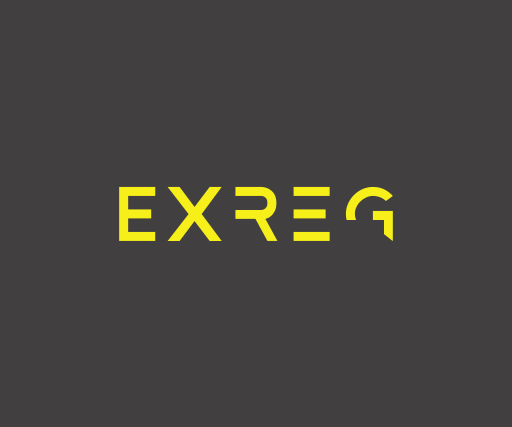ATEX vs IECEx
What’s the Difference and When Do You Need Both?
TL;DR
ATEX is the law inside the EU/EEA; IECEx is the voluntary, global conformity passport.
Both rely on the same IEC 60079 standards, so dual certification is mostly paperwork.
Strategy: IECEx first → ATEX add-on for EU sales; ATEX only if you never leave Europe.
1. Same safety goal—different legal reach
| Scheme | Legal status | Mandatory where? |
|---|---|---|
| ATEX | EU directives 2014/34/EU & 1999/92/EC (transposed into national law) | EU + EEA, UK (UKCA mirror) – non-compliance is a criminal offence |
| IECEx | Voluntary IEC Conformity Assessment Scheme (not legislation) | Accepted in 40+ countries (AU, NZ, Gulf, SG, ZA, etc.) as proof of compliance with local regs |
In short: ATEX = legal passport for Europe, IECEx = business card everywhere else.
2. Technical test methods—identical
- Both use the IEC 60079-0…-40 series for design, type testing and repair.
- A “d” flameproof motor that passes IECEx lab tests already meets ATEX technical clauses—only the documentation changes.
- Typical fast-track: reuse IECEx Test Report (ExTR) inside the ATEX Technical File → issue EU Declaration of Conformity.
3. Certificate & marking comparison
| Element | ATEX | IECEx |
|---|---|---|
| Rating-plate marking | CE + Ex logoII 2G Ex db IIC T4 Gb | IECEx certificate number + EPLIECEx DEK 21.0001X |
| Certificate storage | Manufacturer keeps Tech File 10 yrs; not public | Public online database (iecEx.com) – instant verification |
| Language | Docs in the official language of each destination state | English only |
| Service & repair | Workshops follow IEC 60079-19; no official ATEX ticket | Optional IECEx “Service Facility” certificate – global credibility |
4. Market-entry playbook
- Inside EU / EEA: ATEX certificate & CE marking are mandatory. IECEx alone is invalid.
- Global projects: IECEx first → leverage ExTR & QAR to gain ATEX with minimal retest.
- Local oddities: Brazil (INMETRO), USA (NEC/UL), China (CCC) still need extra paperwork; IECEx short-cuts testing but not the final badge.
- End-user trend: Multinationals write “ATEX + IECEx” into RFQs so one part number covers every site worldwide.
5. Cost & time—real vendor data (2024)
| Route | Lab tests | QMS audit | Total calendar days* |
|---|---|---|---|
| ATEX only | 3 weeks | 2 days | 45–60 |
| IECEx only | 3 weeks | 2 days | 45–60 |
| IECEx → ATEX fast-track | – reuse ExTR – | none (use QAR) | 7–14 |
*Source: DEKRA & TÜV Nord certification quotes Q1-2024.
6. Which should you pick?
- EU market only? Do ATEX only.
- Global OEM? Do IECEx + ATEX (fast-track).
- End-user importing EU equipment into Oman? Ask vendor for ATEX + IECEx to satisfy PDO spec & customs.
7. Further reading
8. Conclusion
Think of ATEX as your EU passport and IECEx as your global visa-on-arrival.
Choose the combo that matches your sales geography and you’ll avoid retests, speed up logistics and keep every regulator happy.
Need all item certificates tracked in one register?
Try EXREG free for 7 days
